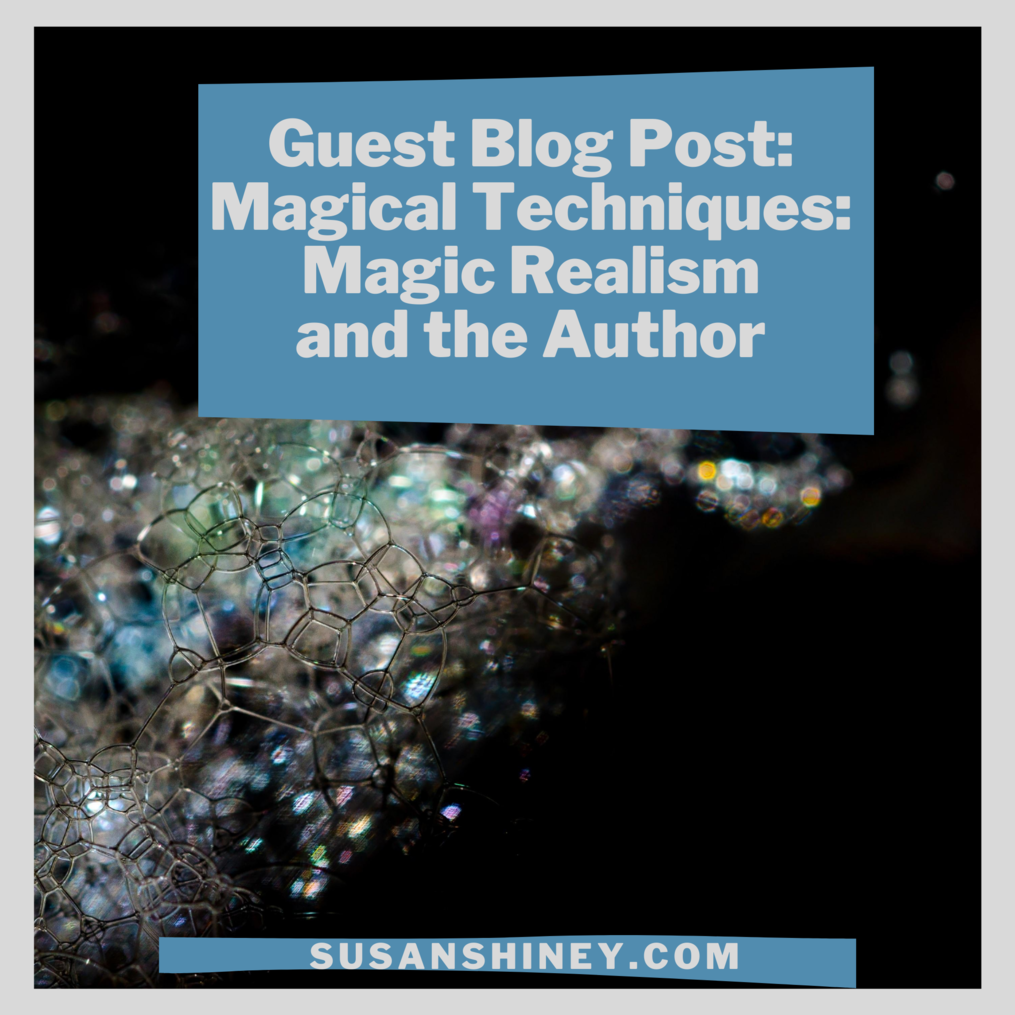
If you are confused by the term ‘magic realism’, you’re not alone. The wide variety of novels and short stories all claiming to be magic realism can be bewildering, ranging as they do across romance, family saga, historical fiction, fantasy, science fiction, surrealist, fabulist, slipstream, absurdist and weird fiction.
How can this be?
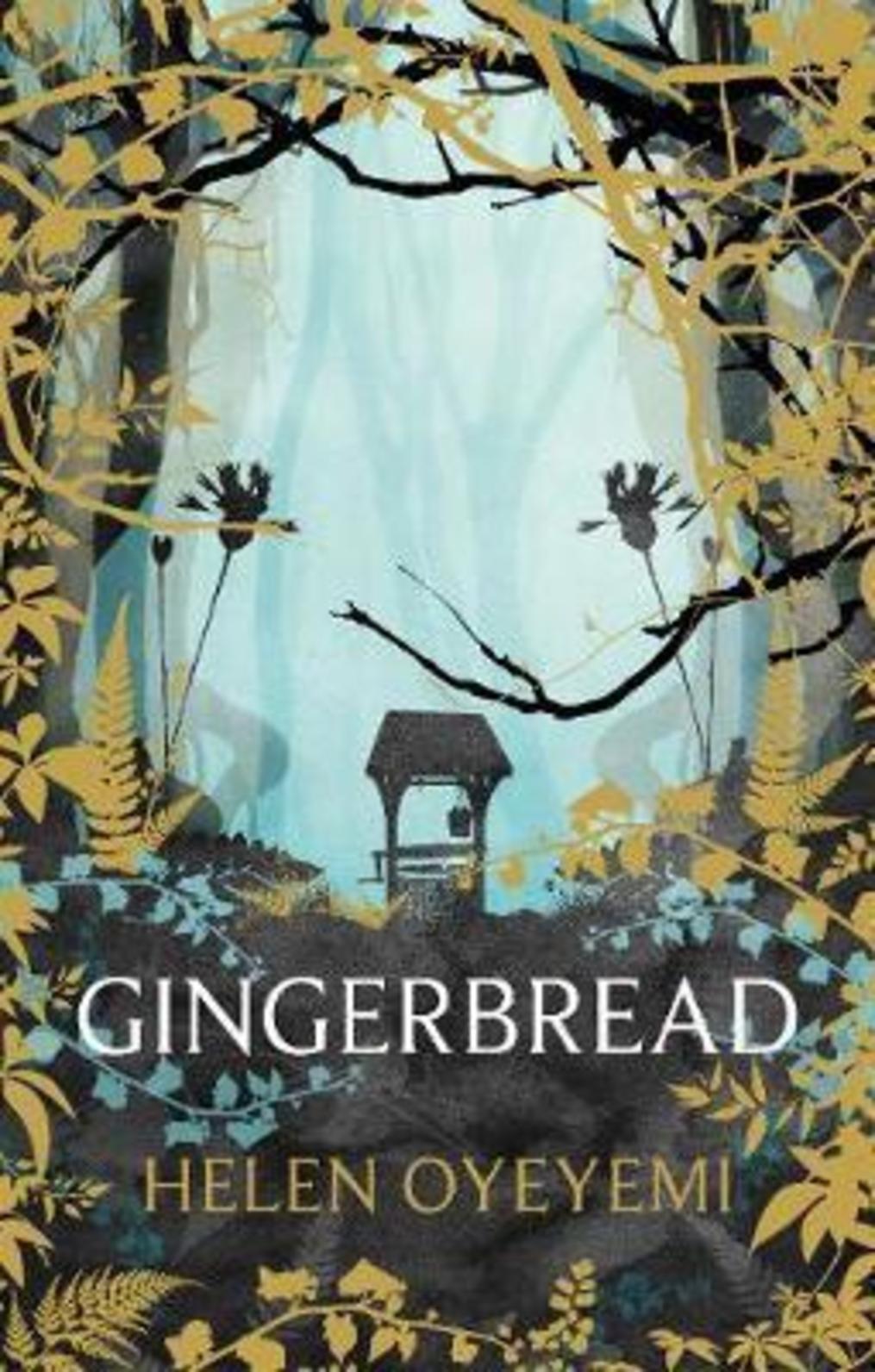
In literature, magic realism is a mode, not a genre. This means it is an identifiable manner of writing, but it is not linked exclusively to a particular genre. In other words, it applies more to the writer than to the reader. Whether the work contains a levitating heroine with green-hair (The House of the Spirits, 1982, Isabel Allende); the coeliac daughter of an emigrant of a nation state which may or may not exist (Gingerbread, 2019, Helen Oyeyemi); or an African American slave with the ability to transport by the process of ‘conduction’ from one place to another in a moment (The Water Dancer, 2019, Ta-Nehisi Coates), it is magic realism if it ‘mostly represents life as it really is but with some events or features that are magical or supernatural’ (Cambridge Dictionary online).
This goes some way to explain how the term is applied across a broad spectrum of writing. But we’re not done yet with capturing the meaning of magic realism. There is the question of where, which some believe defines the mode. Purists will tell you magic realism applies only to South American literature from mid-twentieth century onwards. If this were the case, of the three examples above, only Allende would be a match. I dispute this restrictive point of view and hope that by the time you finish reading this blog, you will too.
What is it, then, about magic realism that appeals to the many authors, including me, who choose to write in this mode?
Making the ordinary extraordinary
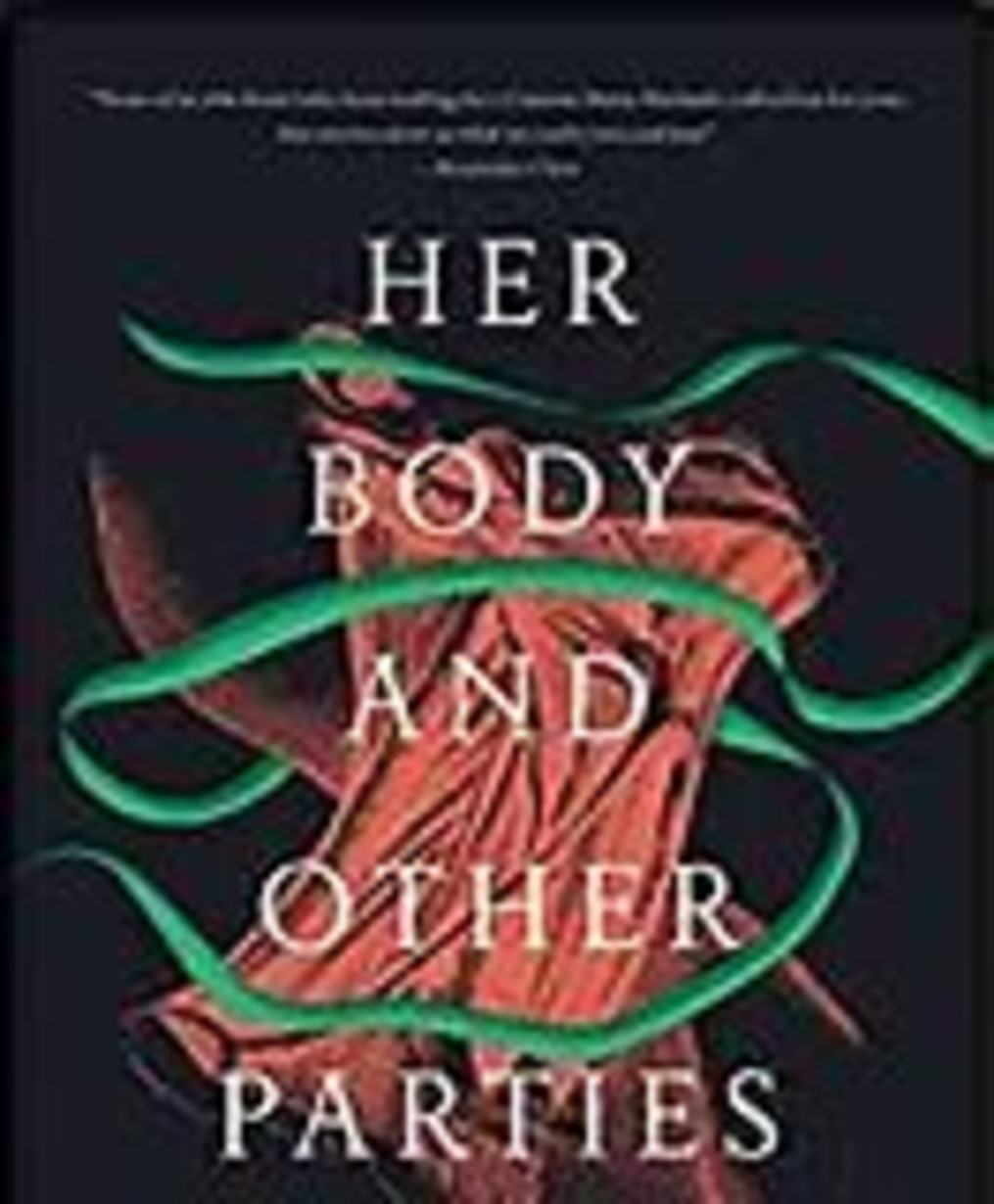
A defining characteristic of magic realism is defamiliarization. By making the ordinary extraordinary, the author challenges the reader to question their perspective.
Take the issue of internalised sexism: women grow up with stories of the domestic goddess. Her Body and Other Parties (2017) author Carmen Maria Machado (2017, Hazlitt) explains, ‘Being a woman is inherently uncanny. Your humanity is liminal; your body is forfeit; your mind is doubted as a matter of course. You exist in the periphery, and I think many women writers can’t help but respond to that state.’
Techniques in the magic realism author’s arsenal include plenitude, the abundance of disorientating detail, and the carnivalesque, that turning of the world on its head, liberating assumptions (such that, for example, time is non-linear) through humour and chaos.
Reframing existing stories
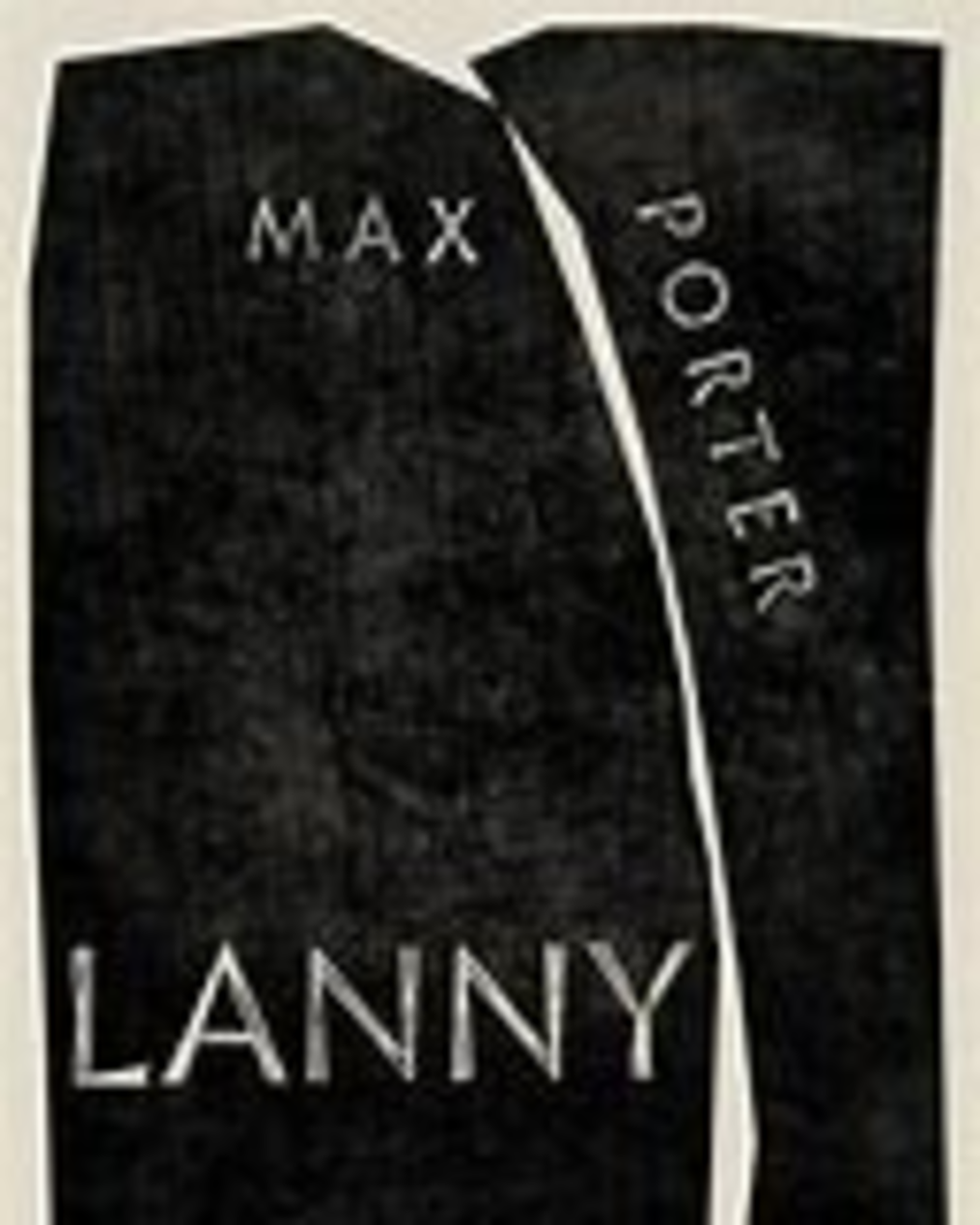
Our myths, fables and fairy tales, that come to us in the oral tradition, define how we see the world. But many of the old stories are no longer fit for purpose. As Ben Okri (1996) puts it, ‘Stories are the secret reservoir of values: change the stories that individuals or nations live by and you change the individuals and nations themselves’.
In bringing myth into a contemporary setting, the author challenges existing beliefs and perspectives. In his 2019 novel, Lanny, Max Porter draws on the Green Man tradition to comment on modern English rural life.
Gives voice to the Ex-centric Position
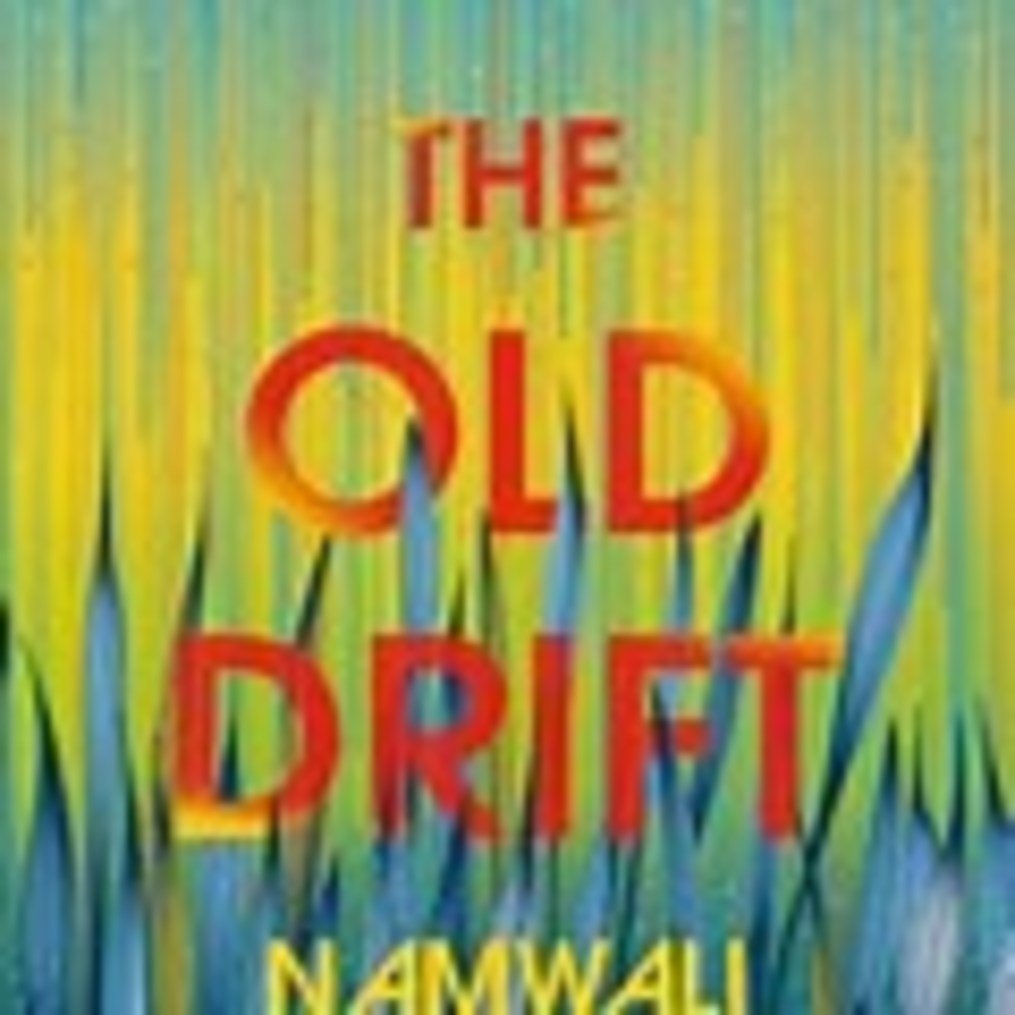
Magic realism encapsulates issues relating to the disenfranchised and marginalised, and empowers such individuals and communities to challenge the established order. Irenosen Okojie populated her short story collectionNudibranch (2019) with characters on the outside looking in.
Authors may write metaphors as reality, or usethe technique of hybridity to contrast, for example, Western vs. indigenous; urban vs. rural; nature vs. anthropomorphism.
In this way, Namwali Serpell redresses Zambian history in The Old Drift (2019), Andrea Lawler shouts out for the LGBTQIA community in Paul Takes the Form of a Mortal Girl (2019), and Camilla Bruce gives not one but two voices to a victim of sexual predation in You Let Me In (2020).
I would go so far as to suggest the ex-centric position also applies to the non-human inhabitants of our world. As a species, humans frequently display an anthropocentric worldview blind, or at least short sighted, to the needs of plants, non-human animals and other life forms. Richard Power’s environmentally aware The Overstory (2018) contains a small element of magic realism.
Creative Freedom
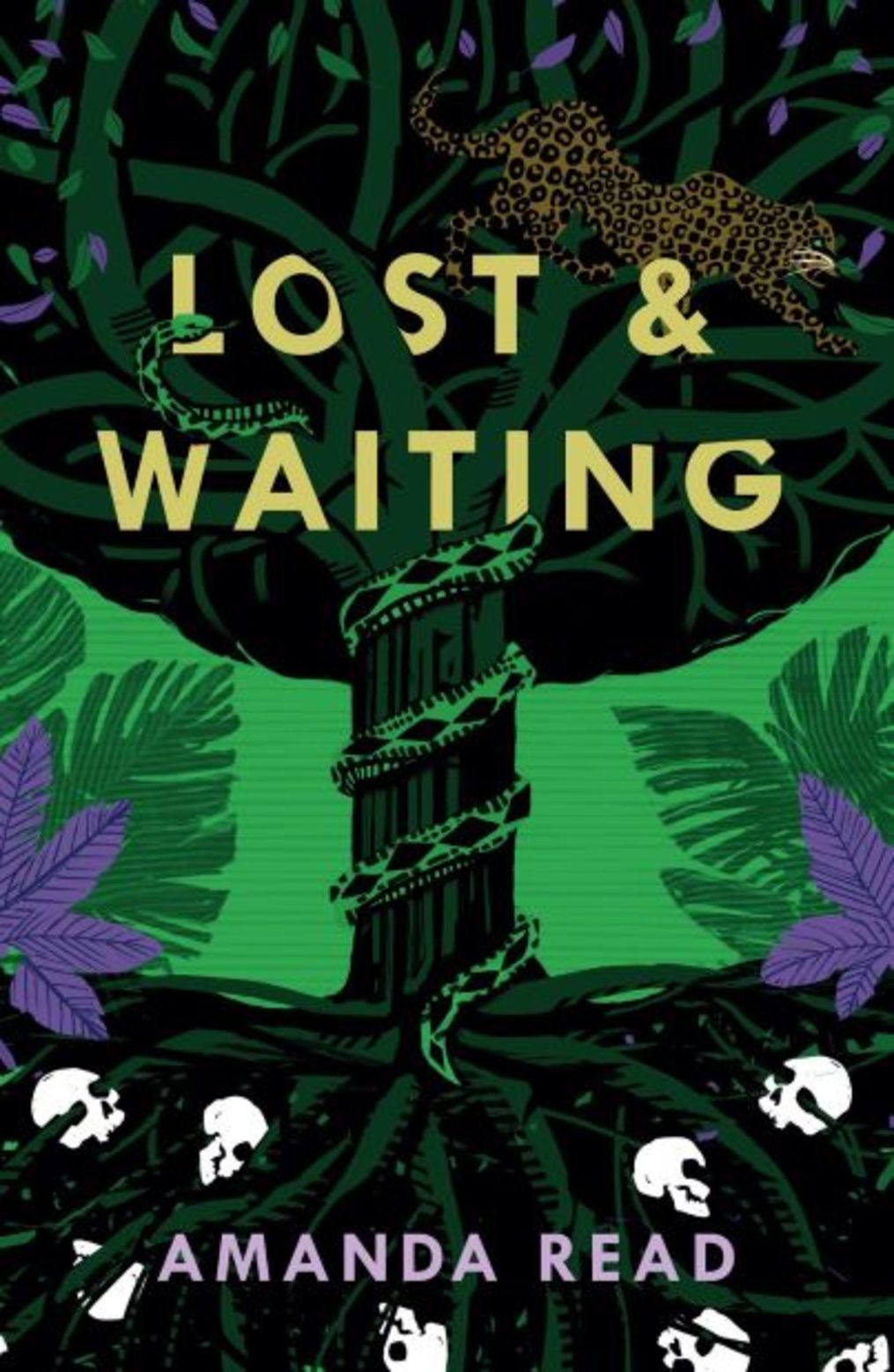
Magic realism allows the writer freedom to experiment. With that freedom comes the confidence to write about issues they might otherwise struggle to voice. For me, such issues range from the personal—bereavement, unwanted childlessness; the societal—ageism, cyber bullying; to the global—climate change, conservation. I address some of these issues in my novel Lost & Waiting (2020).
The writer can delve into the subconscious, to examine dreams, fantasies and temptations and attempt to answer the big questions: Who am I? How do I fit within reality? How can I function differently? D M Thomas’s 1981 novel, The White Hotel, follows an imagined patient of Sigmund Freud as she relates her fantasies.
The author can question the relationship between fiction and reality, by use of metafiction, for instance Lincoln in the Bardo (2017) George Saunders; and they can adopt authorial reticence, the deliberate withholding of information to avoid pulling the reader from the fictitious world. In other words, magic realism breaks the barrier between writer and reader.
Not every work of literary magic realism displays every element mentioned here. Not every author writing in the mode of magic realism does so to challenge the reader’s world view. In the right hands, however, magic realism can be playful, creative and thought-provoking.
Biography
Amanda Read is a novelist and short story writer. She graduated from the MA in creative writing programme at Bath Spa University, with distinction.
She is a reader for the Bath Short Story Competition, a book reviewer, and guest host at Novel Nights (https://www.novelnights.co.uk).
Amanda lives in the UK in rural Wiltshire, where she can be spotted hot on the heels of Carlos and Carmen the Border Terriers. She works as an agricultural research programme manager for international development.
Her debut novel, LOST & WAITING, was released on 2 July and can be ordered from her website http://www.amandaread.net/coming-soon/.
Connect with her at http://www.amandaread.net or on Twitter: @_ReadAmanda
If you want to read more about Magic Realism check out this article by author Mary E. Martin discussing how she uses Magic Realism in her work.
I also wrote a blog post about Why I Love Magical Realism.